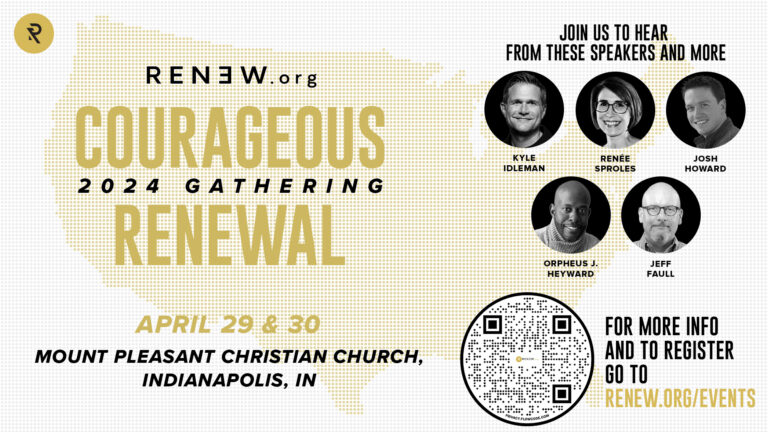We use metaphors often in conversation, but have you ever wondered what metaphor means? A metaphor is a figure of speech which explains a more abstract topic by making a comparison with something more literal that the audience has experience with. The word comes from the Greek noun metaphora, meaning “transfer,” suggesting that a word, phrase, or text can transport meaning between the literal and the figurative. Other articles in this series include “Why Storytelling Is Important to the Life of a Christian,” “How to Create Good Characters,” “What Are the Conflicts in a Story?,” “Tips on Writing Stories in Layers,” and “How to Share Stories for a Particular Audience,”
When I was in college, I had a little zebra finch named Valkyrie. She was one of my favorite pets, at maybe three inches tall and five inches long. She had a wing injury in the later part of her life that kept her from flying, but she was well-trained enough that I could take her out with me and know that she wouldn’t wander off. I often studied in Walnut Grove, a wooded area on campus with picnic tables and benches, and I would sometimes bring Valkyrie with me to bounce around in the grass and dig for juicy worms.
My freshman year was particularly difficult: I was living away from home on my own for the first time, both my grandfather and aunt passed away within months of each other, and the recession was causing financial burdens on my family and me. Pile on top of all this the general stresses of school, and I was struggling quite a bit.
“I suddenly felt an overwhelming sense of loneliness.”
I remember one day, while studying in Walnut Grove with Valkyrie, I suddenly felt an overwhelming sense of loneliness and doubt wash over me. Who was I, and what was I doing with my life? How was I going to make it? I heard Valkyrie’s happy little chirps, and I looked down to see what she was up to. There were discarded cigarette butts around the bench where we sat, and she was careful to hop over those to get to the crumbs and seeds that were on the ground.
I watched how she happily sang and hopped, her injured wing a little lower than the other. It brought tears to my eyes, thinking of how God had designed this little bird to not only know how to find what she needed in a mess of danger–but how she was able to sing in the midst of her troubles. Jesus’s words came to mind in Matthew’s account: “So don’t be afraid because you are more valuable than many sparrows.”
I was moved in the moment because I saw a metaphor from God play out in front of me. Someone could have told me not to worry or even quoted this verse to me, and it probably wouldn’t have resonated with me as much as watching Valkyrie. It was the act of seeing myself in this little finch and connecting the pieces myself that made the image so powerful.
What Metaphor Means
Metaphor comes from the Greek noun metaphora, meaning transfer, suggesting that a word, phrase, or text can transport meaning between the literal and the figurative. Metaphors are typically described as having a source domain (the source of literal understanding the audience usually has experience with) and a target domain (the probably more abstract topic that the writer or speaker is trying to explain). In my example, Valkyrie, her wing, her singing, the food, and the cigarette butts were all the source; the target was me, my difficulties, and the hopefulness of finding joy in God’s provision.
According to linguist George Lakoff, when we convey information through speaking or writing, we almost have to use metaphor: “Ordinary everyday English is largely metaphorical, dispelling once and for all the traditional view that metaphor is primarily in the realm of poetic or ‘figurative language.’…As soon as one gets away from concrete physical experience and starts talking about abstractions or emotions, metaphorical understanding is the norm” (2).
The negotiation of meaning is one reason metaphor is so powerful; receivers of the information decode the message for themselves–participating in the deciphering of meaning rather than having meaning dictated to them. And it goes deeper than just better understanding a concept or experience; our brains actually draw on the experience of a memory, action, or sensation to better understand the information.
“Metaphor is like your brain’s way of learning by doing.”
Just like how many of us would agree that learning by doing is more effective than a lecture, we need to understand that metaphor is like your brain’s way of learning by doing. In fact, cognitive studies (Arzouan et al’s, most notably) have shown that interpreting novel, detailed metaphors is one of the most complex and rewarding exercises for our brains, involving “a large network of regions working in concert in a complex and dynamic manner.” Furthermore, creating new metaphors to illustrate ideas is often considered an endeavor that raises a story or description into something deeper, more beautiful, and more thoughtfully engaging.
Metaphors and the Bible
I am a firm believer that metaphor is tightly connected to God. Metaphor is a linguistic tool that ties the physical to the figurative in order to give deeper understanding of our place in the universe. This is almost a complete description of the Bible as well. The Bible is God’s linguistic tool to help humans understand higher, deeper concepts through physical means.
The Bible is God’s linguistic tool to help humans understand higher, deeper concepts through physical means.
I find it no coincidence that metaphor is so powerful for our brains; God made our brains, and the way our minds almost relish the construction and interpretation of metaphor makes reading and digesting a text like the Bible so pleasing. This gets to the next article on the levels of storytelling, but it has to be said now too: in every level of biblical study, a diligent student can find metaphors that draw deeper understanding of God, in the language, the characters, the plot, the setting, the allusions and references, the descriptions, the cultures….It’s incredible.
Example of Metaphor: The Lamb of God
Let’s look, for example, at one of the most common metaphors in the Bible: the description of Jesus as the “Lamb of God,” as given by John the Baptizer in John 1:29. The first reaction for most is probably the source domain of a lamb, a baby sheep that is precious, defenseless, innocent, and pure. Some around the world also depend on lambs for food, drink, clothing, and economic well-being.
For the Jews, part of the source domain also included the experience of sacrifice; lambs were given as offerings to God on account of sin. Some might think about David’s description in the Psalms about the peaceful nature of God as a shepherd caring for sheep in the pasture, even in the midst of danger. Those familiar with the Revelation of John might think about the lion-like lamb worthy to take the scrolls from the throne of God. All of these (and many more) paint a more and more complete picture of the nature of Jesus, God, and the role of salvation in a sinful world.
Metaphors and Your Own Stories
To weave metaphor into your own stories that you share with others, you must first identify your source domain and your target domain. What are you trying to depict, and what can you connect it to that your audience might understand? If possible, constructing a novel metaphor is best–not one that is cliche or overused.
Just as with building character, sometimes the best way to do this is to start early; when you notice sources that might help explain certain targets, take note for future use. It’s easier to draw from a collection of well-kept notes than to rack your brain for an idea while staring at a blank screen or paper. It’s also more respectful of your reader to incorporate the metaphor comfortably and casually; you don’t want to seem like you’re forcing a comparison or making an obvious connection. As mentioned, part of the appeal and power of metaphor is for the audience to piece it together themselves, so you want to leave those bread crumbs to lead them to the target domain without spoon feeding the answer.
“God provides metaphors all over His creation.”
Remember this in your own life, too, as you look for metaphors God has placed in your path. He provides them all over His creation–like in an injured bird singing and finding food among cigarette butts–but it’s up to you to find them, decode them, and apply them to your life.











